Are you new to the exhilarating world of stand-up paddleboarding (SUP)? Welcome aboard! Whether you're eager to glide across tranquil waters, explore scenic coastlines, or simply soak up the sun, paddleboarding offers a fantastic way to enjoy the great outdoors while staying active. As a beginner, getting started with SUP can seem a bit daunting, but fear not! In this blog post, we'll share five essential tips to help you navigate your first paddleboarding adventures with confidence and ease.
1. Start with the Right Gear
Before hitting the water, it's essential to have the right gear. Invest in a high-quality paddleboard that's stable, durable, and suitable for beginners. Opt for a wide and stable board such as our Cruiser or Tourer models with a non-slip deck pad to help you maintain balance. Additionally, choose a paddle that's the right length for your height and paddling style. Don't forget essential safety gear like a personal flotation device (PFD) and a leash to keep you tethered to your board.
2. Master the Basics of Proper Paddling Technique
Proper paddling technique is key to enjoying a smooth and efficient paddleboarding experience. Start by standing near the center of your board with your feet shoulder-width apart and knees slightly bent for stability. Hold your paddle with one hand on the top handle and the other hand on the shaft, keeping your arms straight and your core engaged. Use your core muscles to rotate your torso as you paddle, rather than relying solely on your arms. Remember to switch sides regularly to paddle evenly and prevent fatigue.
3. Learn How to Fall Safely
As a beginner paddleboarder, it's essential to learn how to fall safely to minimize the risk of injury. Practice falling into the water away from your board to avoid hitting it on your way down. If you do fall off your board, aim to fall away from the board to prevent collisions. Always wear your leash to ensure that your board stays nearby and easy to retrieve after a fall.
4. Choose the Right Conditions
When starting out, it's best to paddle in calm and flat water conditions with minimal wind and currents. Choose a sheltered location such as a lake, bay, or slow-moving river for your first few paddleboarding sessions. As you gain confidence and experience, you can gradually venture into more challenging water conditions like ocean waves and fast-flowing rivers.
5. Practice, Practice, Practice!
Like any new skill, paddleboarding takes time and practice to master. Be patient with yourself as you learn the ropes and don't be afraid to make mistakes along the way. Take advantage of calm water days to practice your balance, paddling technique, and turning maneuvers. The more time you spend on the water, the more comfortable and confident you'll become as a paddleboarder.


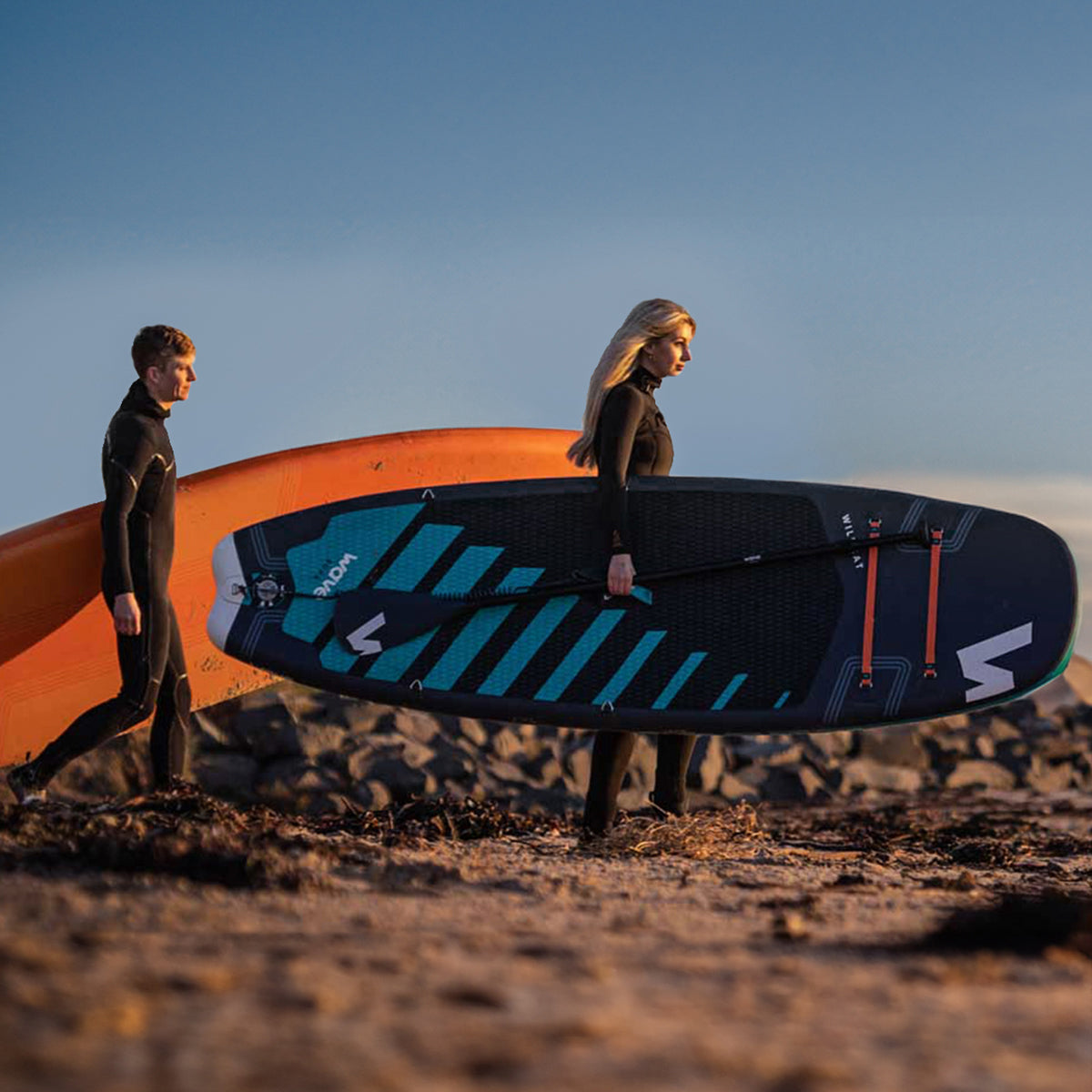
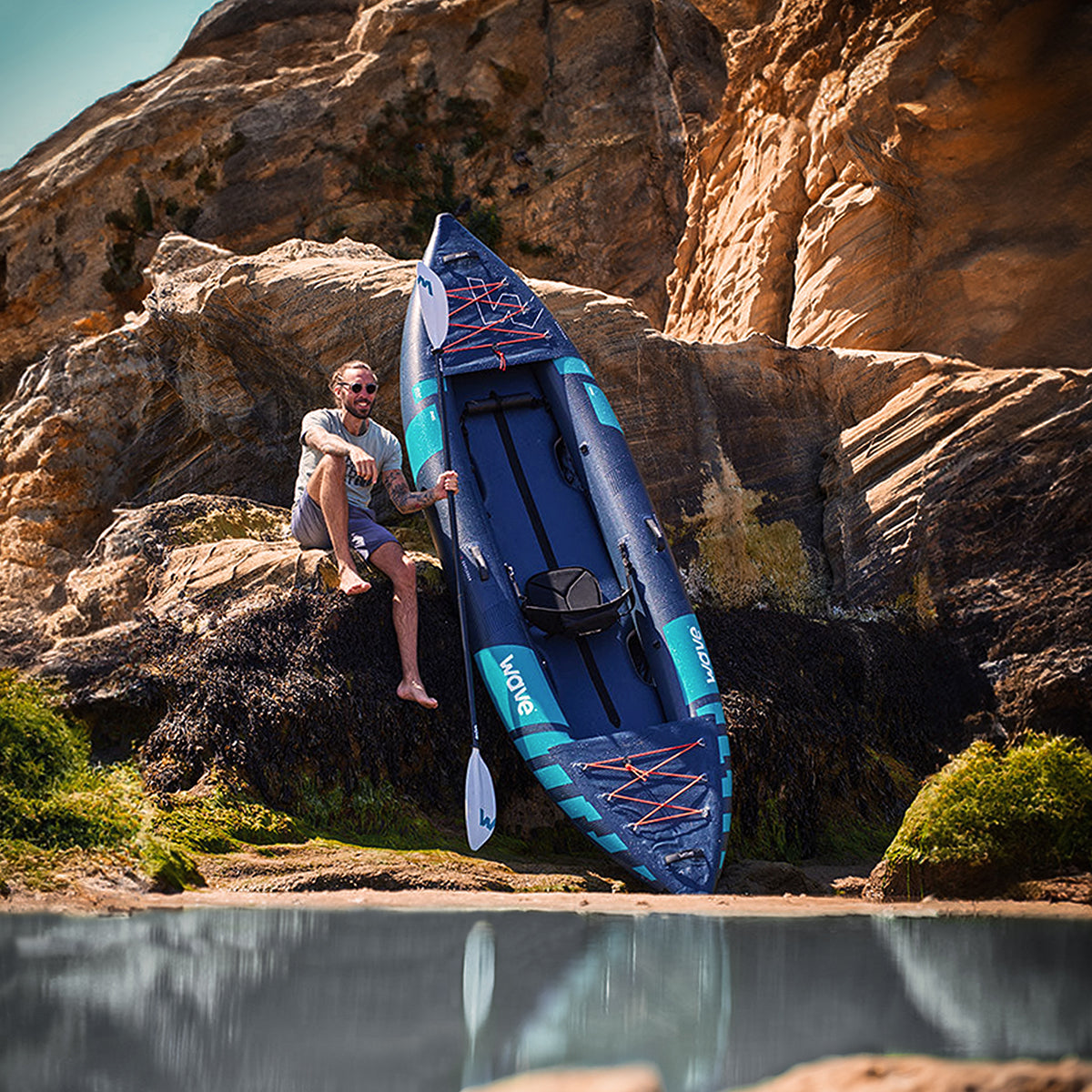
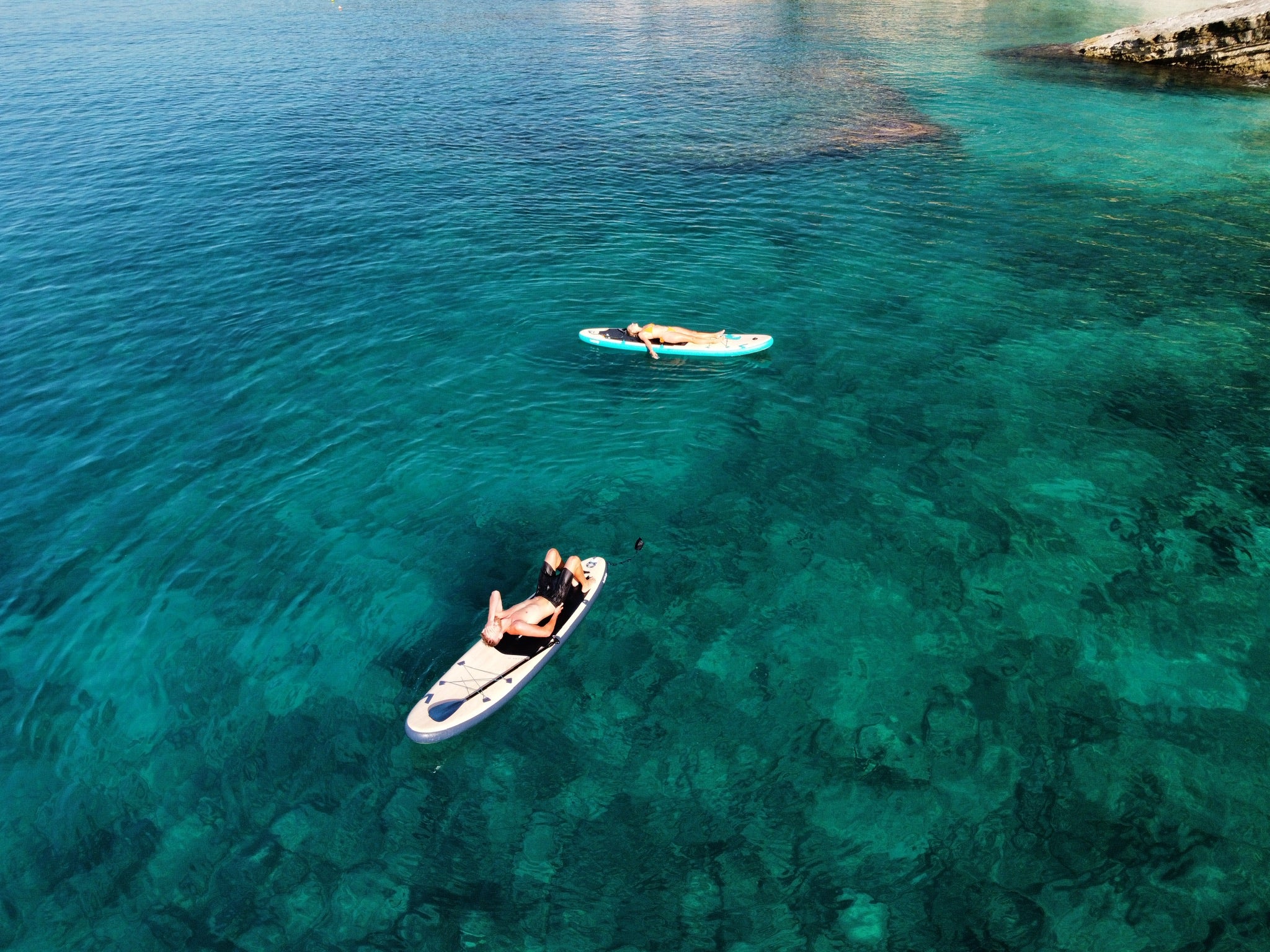



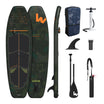
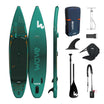


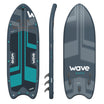
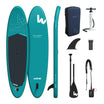

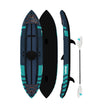


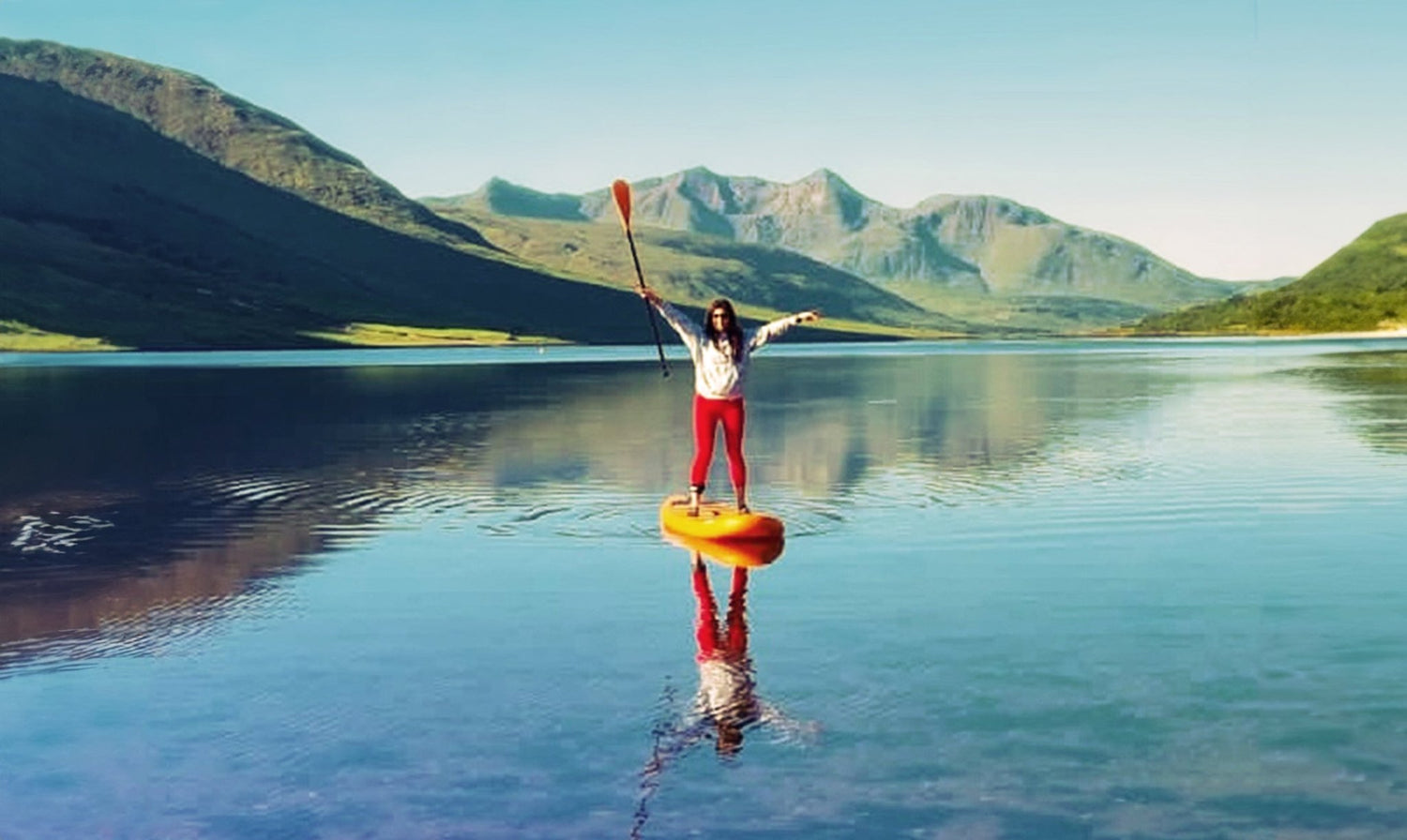
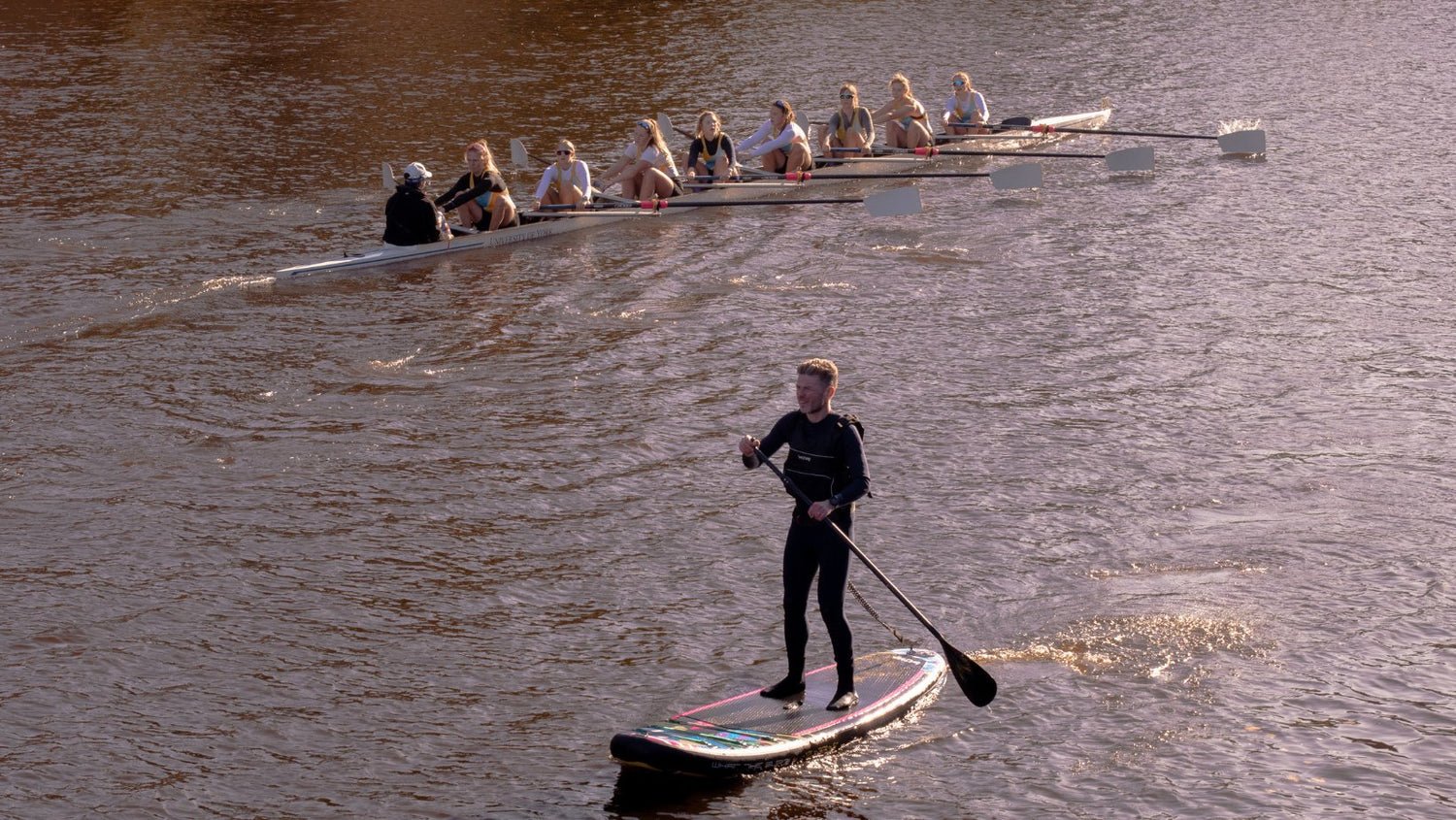
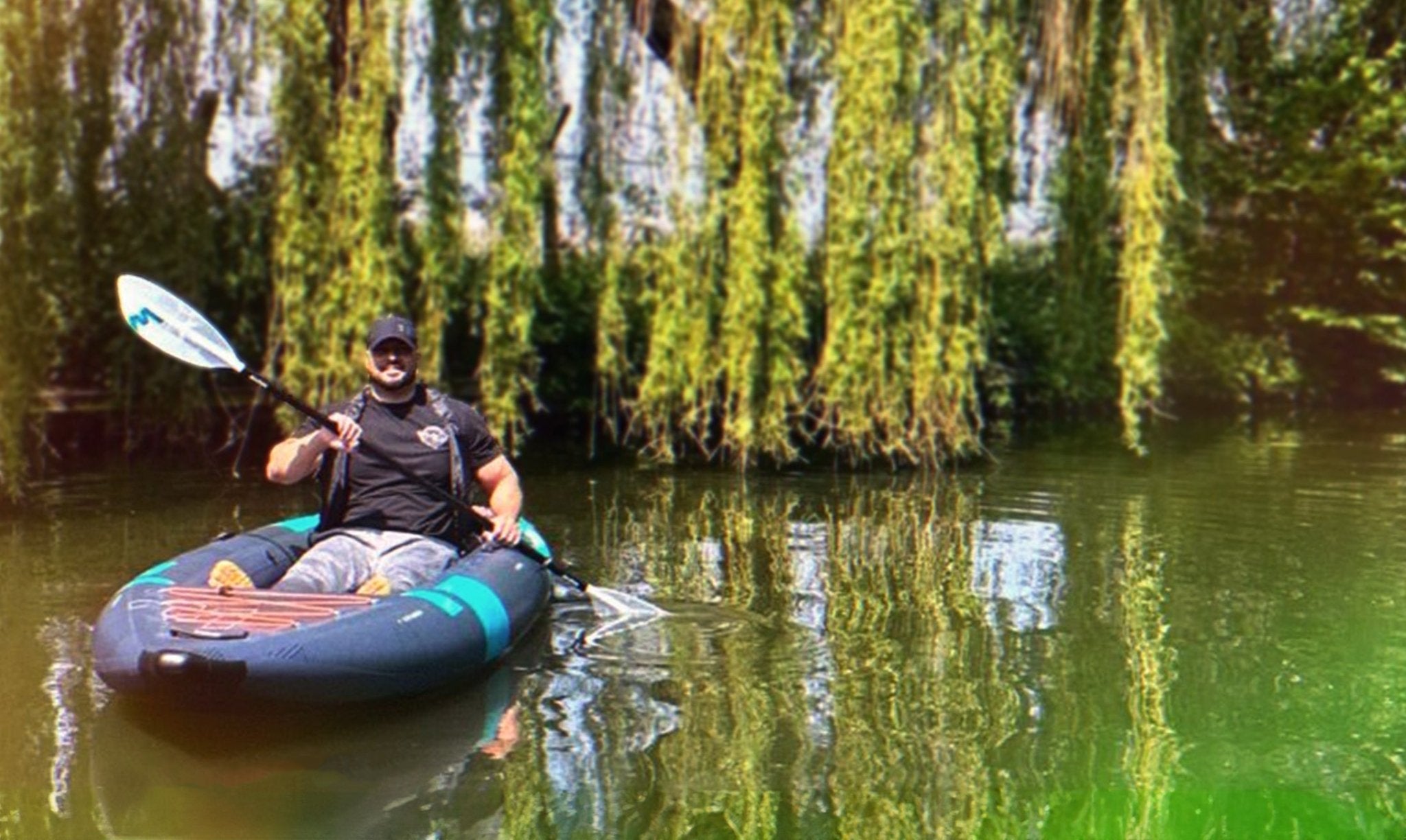
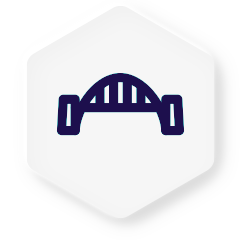

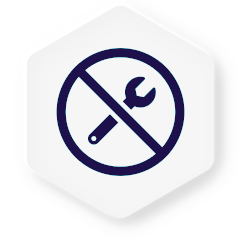
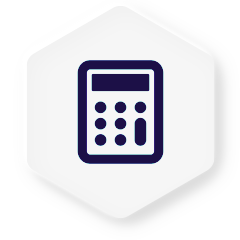






Leave a comment
This site is protected by reCAPTCHA and the Google Privacy Policy and Terms of Service apply.